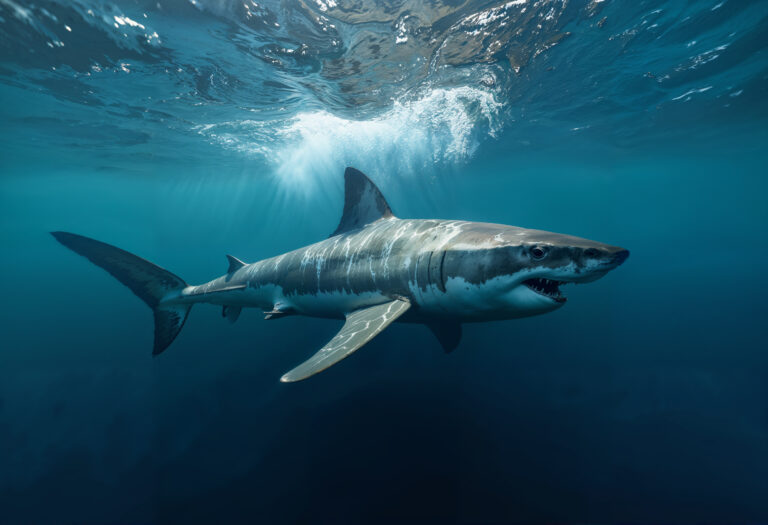The History of Cape Point and False Bay begins in 1488 when the Cape of Good Hope was named “The Cape of Storms” by the first European to reach the Cape; a Portuguese explorer named Bartolomeu Dias. Later on, John II of Portugal called it the Cape of Good Hope, as it was the first significant opening of a sea route to India and the East. There are many legends that circle the Cape of Good Hope, but the most popular one is that of the Flying Dutchman. The legend is followed by Captain Hendrick Vanderdecken of the Dutch East India Company who attempted to round the Cape of Good Hope in 1841. The dreaded South Easter repeatedly thumped the vessel’s attempt to round the peninsula. The Captain’s stubbornness resulted in him ignoring the pleas of his crew begging him to turn around and give up his mission. The ruthless Vanderdecken strapped himself to the wheel and swore to carry on, and that not even God could change his mind. His blasphemy was heard and an Angel was sent condemning him to sail the oceans for eternity with a ghostly crew of dead men. Numerous sightings have kept the legend alive by Princes’ Albert and George (Later King George V) who were midshipmen on the HMS Baccante in 1881. The ship’s records state the appearance of the flying Dutchmen as a ship all aglow, but upon reaching her, there was nothing to be seen. That same day, the seaman who reported her, fell to his death from the top of the mast. Other sightings include a British man-of-war cruising between Africa and South America and a German submarine during World War II. 
An aerial view of the SS Clan Stewart wreck off Simon’s Town

THE FIRST LIGHTHOUSE THAT WAS BUILT WAS IN 1860 IS ON THE TOP OF CAPE MACLEAR, 250M ABOVE SEA LEVEL AND OVERLOOKING THE ATLANTIC AND FALSE BAY.
Why is False Bay called False Bay?
Hangklip used to be known as Carbo Falso (False Cape) by the Portuguese seafarers who mistook it for Cape Point returning from the East. They made this mistake as Hangklip and Cape Point are almost similar in form. Rounding Hangklip they found themselves in the bay instead of heading up the western side of the Cape Peninsula for Table Bay. Due to our strong southeasterly winds, most ships either ran aground or were stuck in the bay and unable to get out.
Due to our treacherous coastline, impenetrable dense fog, howling gales, submerged rocks in strong storms, and lack of recognisable landmarks around the coast, navigators had to make do with outdated charts, and no lighthouses to guide them. This lead to many shipwrecks. One shipwreck that is still visible is the SS Clan Stuart. The steam cargo ship ran aground in 1914 off Mackerel beach – Glencairn, where the steam engine block is still visible. The SS Thomas Tucker (a ‘Liberty ship’), was on her maiden voyage carrying military supplies when she hit Albatross rock in dense fog. Three sections of her hull still remain on the rocks on Olifantbos beach – Cape Point. The shipwrecks all around False Bay are popular diving sites. Wrecks that are 60 years and older are protected by the National Heritage Resources Act.
Cape Point Lighthouses
The first lighthouse that was built was in 1860 is on the top of Cape Maclear, 250m above sea level and overlooking the Atlantic and False Bay. Due to the remote location of the lighthouse, it made it difficult to get the three monthly supplies of oil and food to the lighthouse keeper. A further problem emerged; due to the altitude of the lighthouse, it was constantly engulfed by fog or cloud which rendered the facility useless, and due to the fact that the lighthouse keeper continuously complained about nearly starving to death, it was discussed that a new lighthouse at a lower level should be built. After the wreck of the SS Lusitania in 1911, authorities finally acted. A second lighthouse was built at a lower altitude on an outcrop of rock called Diaz Point. Being the most powerful lighthouse in South Africa is it has a luminosity of 10 million candles, a continuous red light at the base of the tower shining towards the south at a focal plane of 77m which helps ships pass the infamous Albatross and Bellows rock.
Roman Rock Lighthouse
The famous lighthouse that you see when entering and exiting Simon’s Town Bay, is the Roman Rock Lighthouse. This lighthouse was built in 1861. It is the only lighthouse built on a rock in the whole of the southern hemisphere. It was extremely difficult and complex to construct and the conditions were dangerous. During storms, the lighthouse vibrated terrifyingly and was engulfed in water during heavy storms leaving the lighthouse keeper unable to emerge. In 1919 the Romans Rock lighthouse was unmanned and is now powered by an undersea electrical cable, the only one in South Africa. Additional reposts after the Lusitania wreck prompted for another lighthouse to be built at Slangkop Point, Kommetjie. The Slangkop Lighthouse is unique as it is the tallest in South Africa, and the only one to be built of cast iron.
You may also be interested in our other articles, Shark cage diving Cape Town, as well as, Celebrating False Bay in Cape Town, South Africa.




